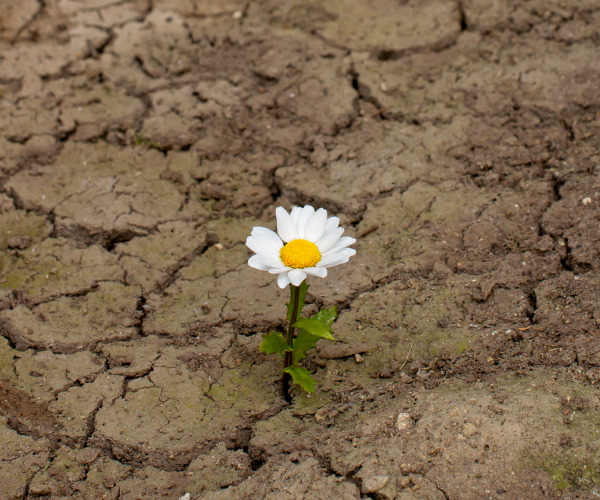We bade 2020 with a jubilant good-bye perhaps not realizing how 2021 would present even greater challenges and disruptions in our fight against Covid-19. Those of us who continued to work from home have struggled with blurred work-life boundaries, leading to stress and exhaustion, for some even burnout. We had to endure another year of limited face-to-face contact with our friends and co-workers, which has led to deeper feelings of isolation and loneliness. Parents working from home have to make it through the daily hurdles of managing family life along with increased work demands. A Harvard Business Review survey among 1500 workers in 46 countries found that 85% reported a decline in their general wellbeing since the start of Covid-19. Survey respondents cited mental health decline, increased job demands, basic physical needs, home-life struggles, and isolation, and disengagement from work as some of the top contributors to this drop in wellbeing. In light of these pressing realities, self-care practice has become a daily necessity in order to facilitate stress recovery and prevent physical and mental illness.
As the year ends and we begin to down-shift into the holiday season, we should not lose sight of the opportunity we have to pause and provide ourselves the space and time for a deep reset. Many of us have probably become all too familiar with living on overdrive and powering through to get things done. We want to be a person that others can rely on, to be seen as competent, and make a significant contribution to the endeavors we are a part of. However, neglecting our need for replenishment, not taking our wellbeing seriously, can work against our aspirations to grow and thrive. We can ask ourselves, do I just want to keep my motor going frantically on high speed until my tank runs empty and breaks down, or can I drive at a safe speed and allow myself moments of stopping and filling-up so that I can enjoy the ride? The choice is ours to make. And as we contemplate on this question, we can take inspiration from beloved poet, Mary Oliver, reminding us of what it means “to go easy” on ourselves.
When I am Among the Trees
Mary Oliver
When I am among the trees,
especially the willows and the honey locust,
equally the beech, the oaks and the pines,
they give off such hints of gladness.
I would almost say that they save me, and daily.I am so distant from the hope of myself,
in which I have goodness, and discernment,
and never hurry through the world
but walk slowly, and bow often.Around me the trees stir in their leaves
and call out, “Stay awhile.”
The light flows from their branches.And they call again, “It’s simple,” they say,
“and you too have come
into the world to do this, to go easy, to be filled
with light, and to shine.”
Going easy on ourselves does not mean complacency and not taking responsibility. It means making space for Me to connect with my best self, with the goodness and light that allows us to give from the wise and compassionate center that is in each one of us. It is not only for ourselves that we need to go easy. It is also for the people we love and care about because constantly hurrying through the world makes it impossible for us to truly pay attention and be present.
Author and meditation teacher, Larry Ward, said, “We need to design our life so we can wake-up.” Making space for Me this holiday break and beyond means making time in our life to “walk among trees”—that is, to experience the voluntary simplicity of slow and quiet moments that are so essential to the process of growing and becoming whole. We can design our life so that we can wake up from the trance of getting stuck with mindless doing. This holiday season, we can give ourselves the gift of a deep reset, fostering recovery and healing for our mind, body, and spirit so that we can step into the next year feeling renewed from the inside out.
Ways to Get Into a Deep Reset this Holiday Break
1. Unplug
Give yourself at least a few days to completely unplug from work. Stow-away your laptop, turn off notifications on your devices, and give yourself a break from incessantly checking text messages. Our habits of constant busyness and stimulation can tax our nervous systems, leading to chronic stress. Unplugging means stepping out of the stress reactivity cycle, giving ourselves room to rest and restore our energy.
2. Play
According to Irish playwright George Bernard Shaw, “We don’t stop playing because we grow old, we grow old because we stop playing.” Play is a very rejuvenating experience that needs to be part of our life regardless of age. Being in play mode fosters the nervous system’s relaxation response and allows us to release emotional and physical tension. Engaging in play cultivates our creativity, which includes the ability to see new perspectives or approach problems from a unique angle. We can play by making time to fully enjoy a hobby, doing something that doesn’t require “efforting”, or jumping into having fun with others and letting go of worries even for a moment.
3. Connect
Human beings are hard-wired for connection. Experiencing positive and meaningful connection both with ourselves and others is deeply restorative. This holiday break, make time for attentive and warm conversations, plan to have ample time to be with a loved one or someone whose presence gives you joy, connect with nature by taking a quiet walk or hike in a place where you can enjoy nature views.
4. Reflect
The practice of reflecting is a way of looking into ourselves and our experiences from a place of genuine curiosity, openness, and kindness. It’s not about picking on our mistakes or hyper-focusing on our weaknesses. Reflecting can be our way of inviting ourselves into a space of gratefulness, stopping to appreciate all the conditions of happiness that are in our life that we tend to lose sight of when we are too busy. It can also mean allowing ourselves to quiet our minds to be clearer about what truly matters to us. We can reflect by journaling, reading books or listening to podcasts that inspire and deepen our hope, and by participating in online retreats.








